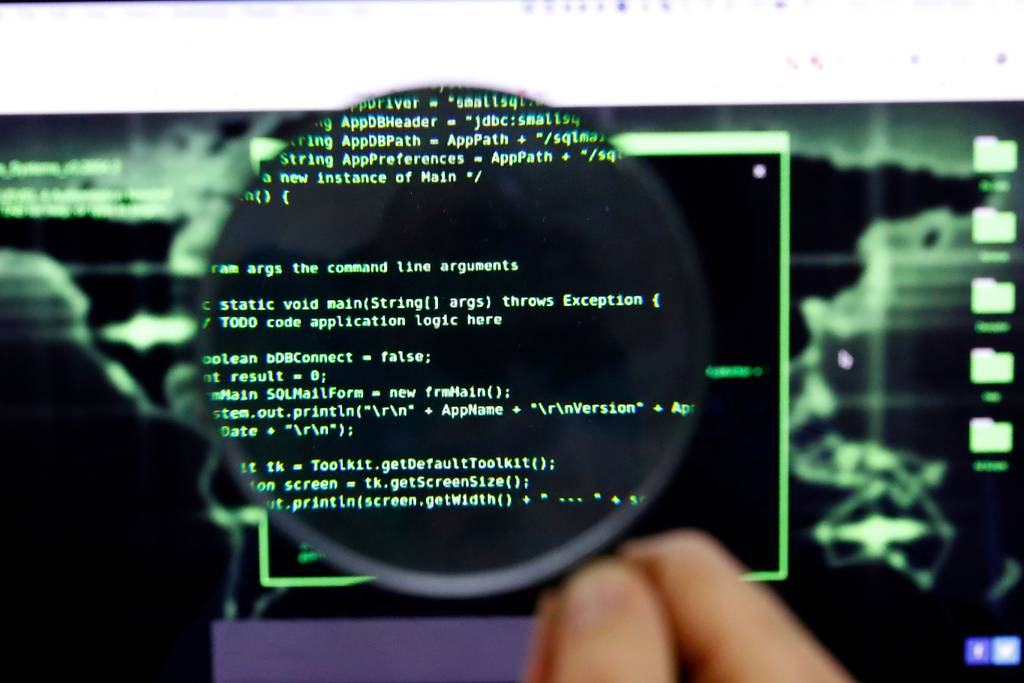WASHINGTON — The federal government can leverage artificial intelligence to navigate the vast amount of data inundating defense, intelligence, and other agencies, according to a report by General Dynamics Information Technology.
General Dynamics Information Technology (GDIT), a division of General Dynamics, recently released findings from its research on defensive cyber operations, based on a survey of 200 government leaders in national security roles.
The study revealed that 41% of respondents felt overwhelmed by the sheer volume of data, with over 30% expressing the need for additional skilled personnel and more efficient analytics to manage it effectively. Furthermore, more than a quarter of the participants recognized the value of AI in cybersecurity, particularly for real-time threat identification and automated response mechanisms. The primary concern highlighted in the study was human error.
Matthew McFadden, Vice President of Cyber at GDIT, emphasized the escalating challenge posed by the exponential growth of data. He underscored the importance of enabling cybersecurity professionals to work smarter and more efficiently, with AI and automation playing a pivotal role in addressing this need.
As AI, automation, and other pattern recognition technologies advance and gain wider recognition, their applications in digital defense are expanding. These tools are becoming increasingly essential in combating evolving hacking threats from both small groups and major powers like China and Russia.
Government entities, including the Department of Defense and other federal agencies, view AI as a critical tool for rapidly sifting through vast amounts of information to extract valuable insights, whether on the battlefield or in public service delivery. By automating routine tasks, machines and software can alleviate the burden on the workforce, which is already stretched thin and in high demand.
The GDIT study emphasizes that effective cyber defenses require a combination of established capabilities and cutting-edge technologies. Automation plays a crucial role in the Pentagon’s adoption of a zero-trust cybersecurity approach, which assumes network vulnerabilities and mandates continuous validation of users, devices, and access.
Matt Hayden, Vice President of Cyber, Intelligence, and Homeland Security at GDIT, highlighted that AI currently provides defenders with an advantage over attackers. This realization has prompted organizations to maximize their existing investments and prioritize leveraging AI for defensive purposes.
The Pentagon’s budget request for AI in fiscal year 2024 stands at $1.8 billion, supporting over 800 unclassified AI projects, as reported by the Associated Press.
While the military has been at the forefront of AI investment, funding for AI initiatives in other agencies, notably NASA, has also surged from 2020 to 2022, according to Deltek’s analysis. The Department of Veterans Affairs has tripled its AI spending in two years, driven by machine learning and virtual reality projects.
Hayden anticipates that AI will become ubiquitous across various domains, necessitating categorization based on the level of autonomy each AI system possesses.
Colin Demarest, a reporter at C4ISRNET covering military networks, cyber, and IT, previously reported on the Department of Energy and the National Nuclear Security Administration’s activities related to Cold War cleanup and nuclear weapons development. He is also an accomplished photographer.
Molly Weisner, a staff reporter at Federal Times focusing on labor, policy, and government workforce contracting, has a background in digital production at USA Today and McClatchy, as well as copy editing experience at The New York Times. Molly studied journalism at the University of North Carolina at Chapel Hill.






